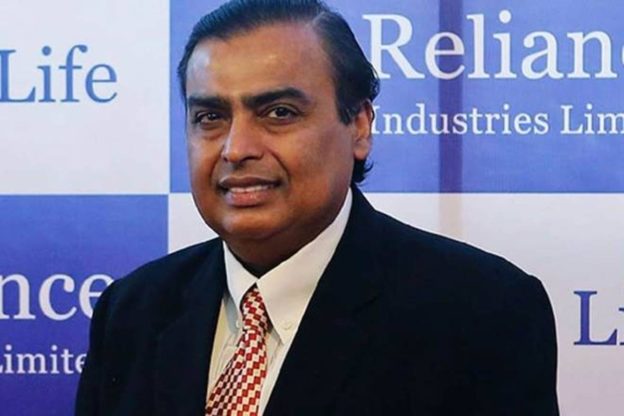After conquering telecom connectivity within India, the country’s richest man, Mukesh Ambani, is now all set to place the India at the centre of an international submarine cable network.
On May 17, Ambani’s oil to chemical conglomerate Reliance Industries said its telecom subsidiary, Reliance Jio Infocomm, is constructing the world’s largest international submarine cable system centred around India.
“Implementing these critical initiatives in the shadow of a global pandemic is a challenge, but the ongoing pandemic has only accelerated the digital transformation and the necessity of high-performance global connectivity for the delivery of a richer experience to enterprises and consumers,” Mathew Oommen, president of Reliance Jio, said in a statement. Reliance Jio is currently working with several global partners to deploy two next-generation cables to support the extraordinary growth in data demand in India, the statement said.
What is a submarine cable system?
An integrated channel of cables laid on the surface of the ocean is known as a submarine cable system. These cables facilitate data transfer from one land-based location to another. The network consists of cables, hardware components, and the infrastructure that makes communication possible.
According to 2015 research by Telegeography, around 99% of the international data transfer is done via submarine cable networks.

The two cables that Reliance Jio is laying are called India-Asia-Xpress (IAX) and India-Europe-Xpress (IEX).
The IAX system will connect India eastbound to Singapore and beyond, while the IEX system will connect the country westbound to West Asia and Europe. The systems will seamlessly interconnect as well as connect to the world’s top interexchange points and content hubs for the extension of service globally.
“IAX and IEX will enhance the ability for consumer and enterprise users to access content and cloud services in and out of India,” Reliance Industries said.
What’s special about Jio’s systems?
Emphasising the importance of its cable systems, which are expected to span across 16,000 kilometres, Reliance Industries said that this was the “first time in the history of fibre optic submarine telecommunications” that such a system placed India at the centre of the international network map.
The IAX and IEX systems will be high capacity and high-speed systems, providing more than 200Tbps (terabits per second) of capacity. Notably, submarine communications are faster and cheaper than satellites.

Apart from the seamless connection of the IAX and IEX sub-sea systems, the two systems are also connected to the Reliance Jio Global Fiber Network beyond the Asia Pacific and Europe, connecting to both the east and west coast of the US, the company stated.
The IAX is expected to be ready in 2023, while IEX will be ready by 2024.
https://qz.com/india/2014815/why-is-ambanis-reliance-building-a-submarine-cable-network/amp/





